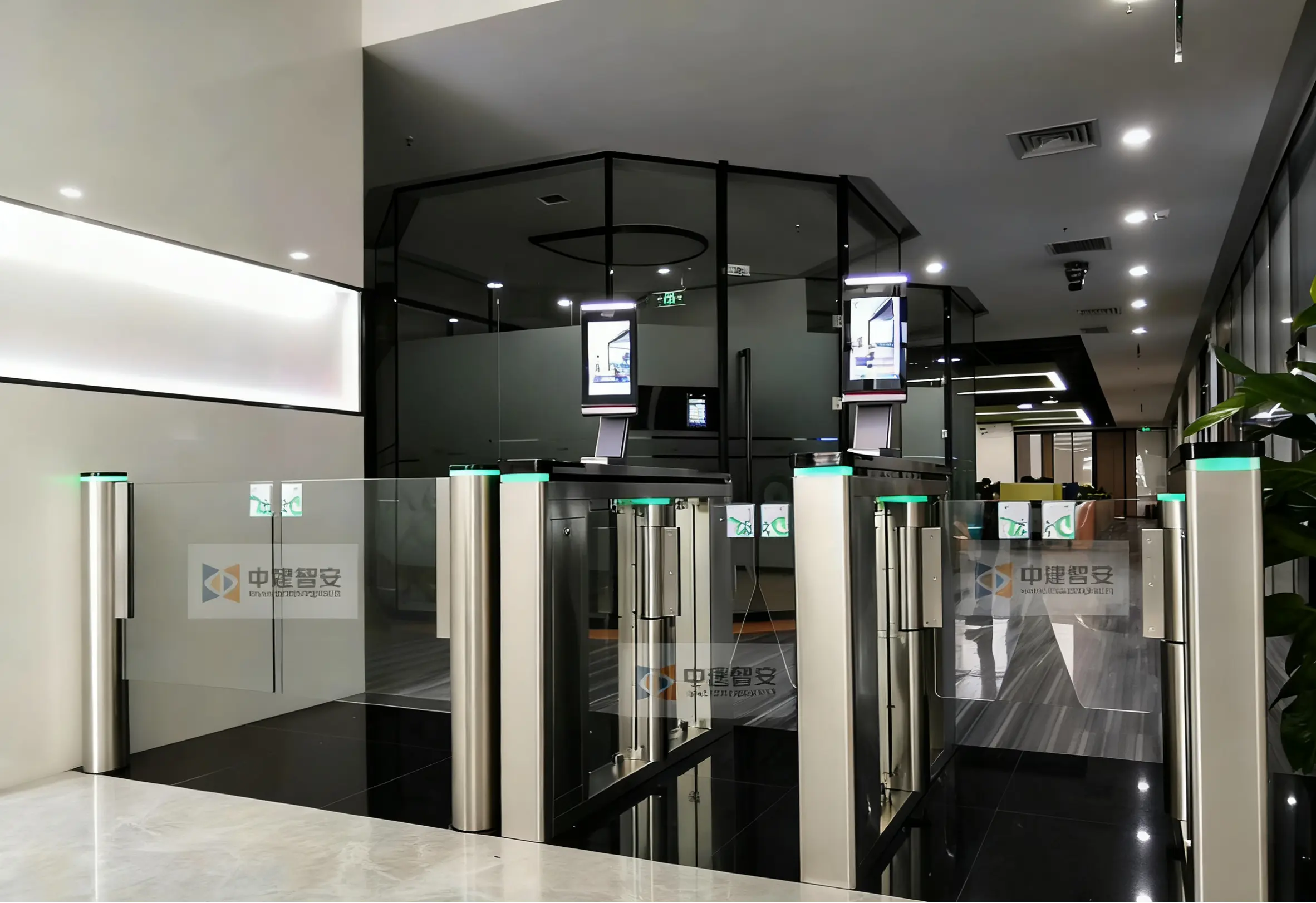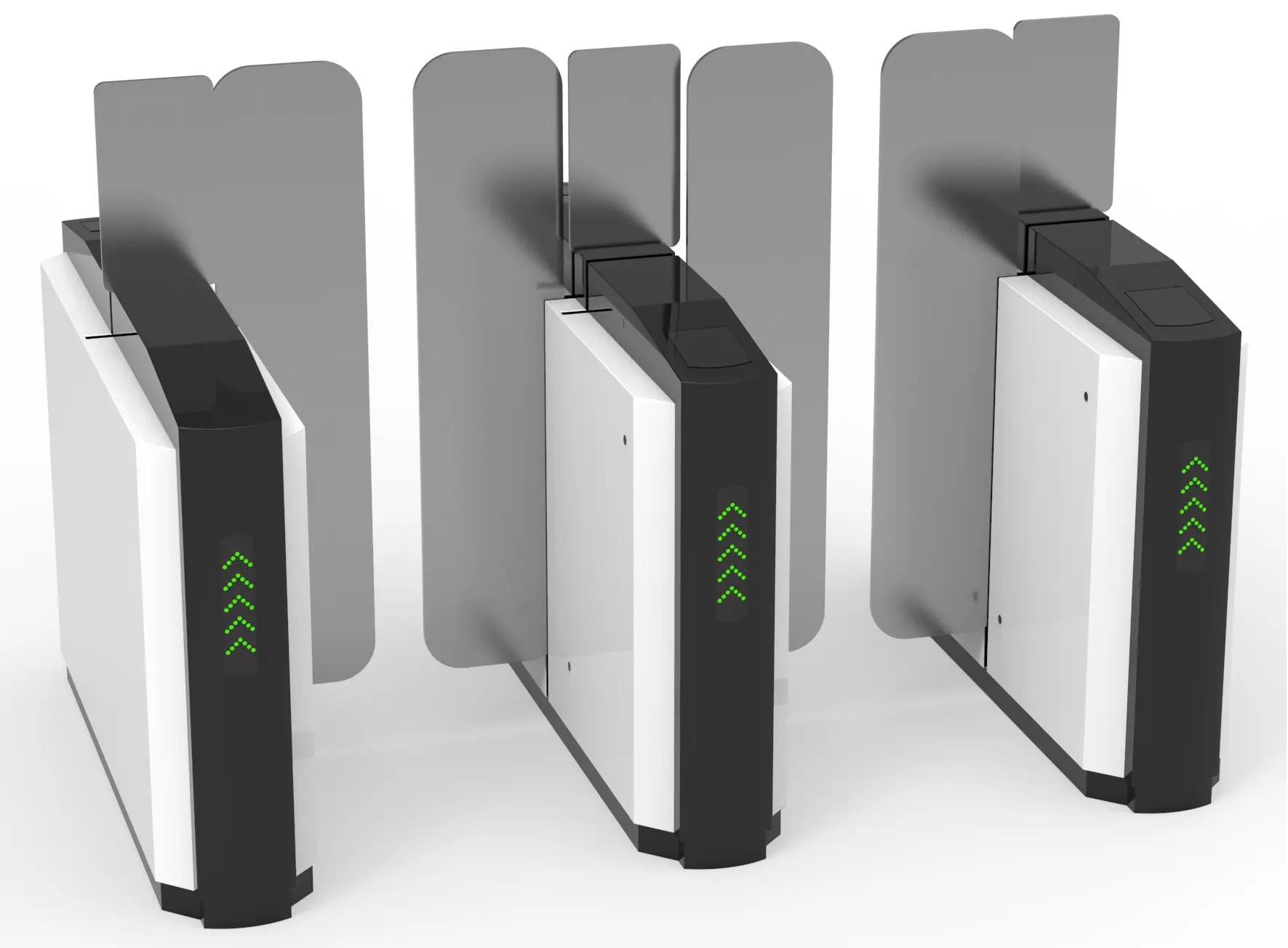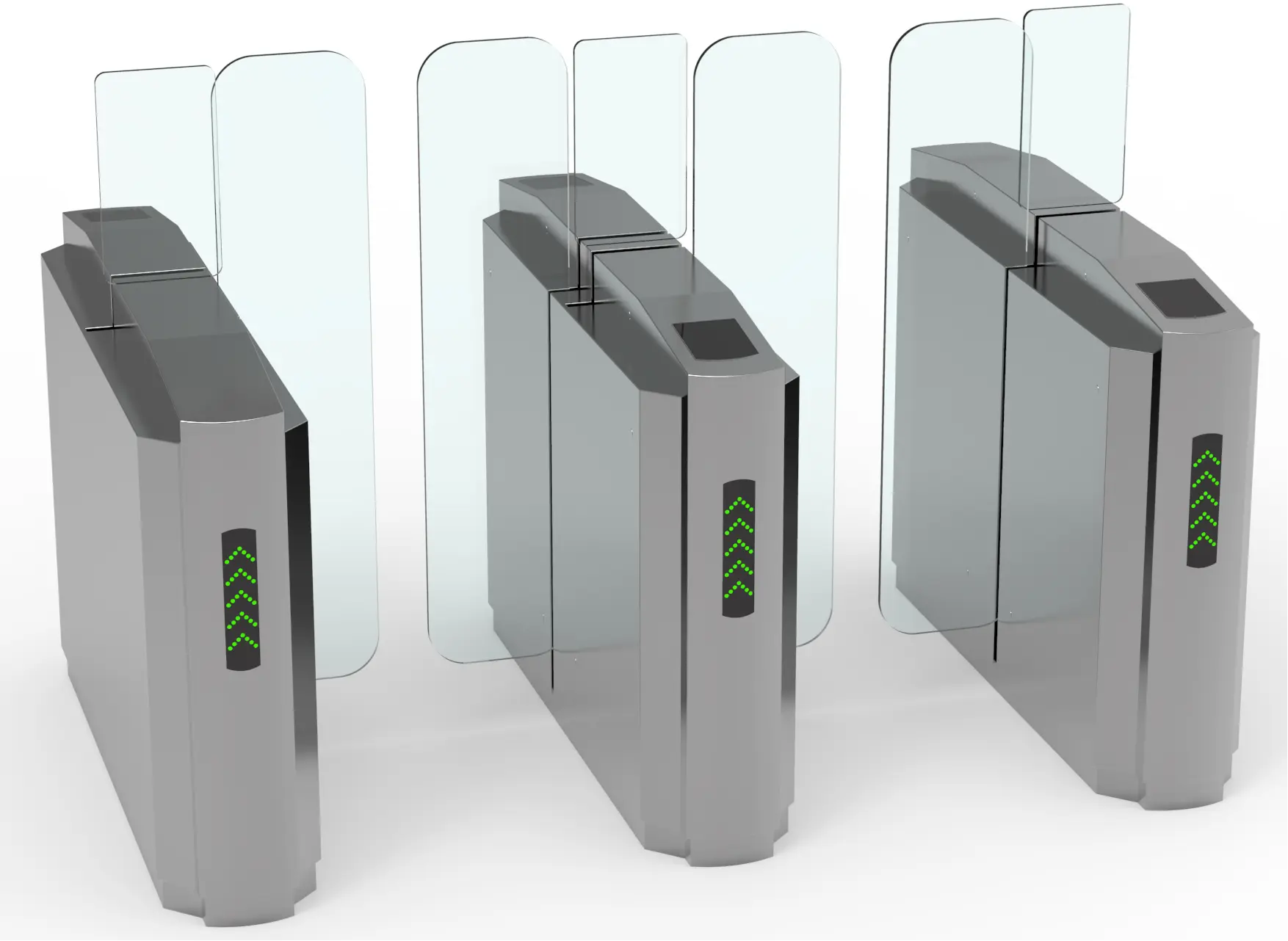Smart Turnstile Gates: The Core Pillar for Building a New Global Security Ecosystem
2025-10-27
In the 21st century, the era of globalization, security challenges are increasingly complex: terrorist attacks, illegal immigration and smuggling, stampede accidents, and health controls for epidemic prevention, etc., which force countries to improve their security systems.
According to United Nations 2023 data, three-quarters of the world's countries have designated "smart security" as a national strategic priority. What was originally just an intelligent turnstile gate to manage inputs and outputs has become a key device that integrates physical and digital security, capable not only of identifying identities, but also of integrating data and responding quickly to emergencies, transforming it into a comprehensive security center.

In today's international security industry, turnstile gates are no longer simply "gatekeepers." So why do turnstiles play such an important role in many places?
The escalation of crime has led to improved security systems in several countries.
According to INTERPOL(The International Criminal Police Organization), cross-border crime increased from 8% to 15% in 2023, with 30% of cases related to the use of false identities to deceive authorities.
Political requirements
EU regulations such as the Entry and Exit System (EES) and the ETIAS Travel Authorization encourage the use of smart turnstile gates that combine facial recognition and AI analysis in key locations such as airports and customs. Examples include Germany (FRA), the UK (Passport Gates), and the Netherlands (Schiphol Gates).
The rapid development of technology
Today's turnstile gates are like "transformers" - access control is just the most basic function. They can perform facial recognition, fingerprint scanning, iris scanning, non-contact temperature measurement and automatically detect suspicious behaviors. They are gradually evolving into intelligent "security superheroes" who can think.
Hierarchical security
L1 Physical protection: structural anti-impact design (such as titanium alloy body), infrared anti-tailgating detection;
L2 Identity verification: support for multiple types of documents such as passports, e-visas and qr codes;
L3 Dynamic risk control: AI analyzes traffic data in real time to warn of potential threats (such as blacklisted individuals, abnormal gatherings, etc.)

Versatile Core Module: flexibly meets various requirements:
The intelligent access control system supports multi-mode switching, including swing turnstiles, flap turnstiles, tripod turnstiles and full height turnstiles, suitable for various locations, such as residential areas, metros and office buildings; Features 3D face recognition, crowd flow detection by millimeter wave radar, and night vision of thermal imaging; Offers multi-language interaction and voice navigation.
Multifunctional expansion:
In the context of the epidemic, you can measure body temperature by simply extending your hand.
Contactless payment allows you to pay simply by tapping or scanning your phone, allowing you to walk through the door and shop without any obstacles.
In the future, the turnstile gate will also be able to use solar power technology during the day to achieve an environmentally friendly power source that consumes less energy than a standby light bulb.

As security threats escalate and digital transformation takes place, smart turnstile gates are no longer simply "card-passing access control." They are becoming the bridge that connects the real and digital worlds, achieving the best balance between security control and step efficiency.




